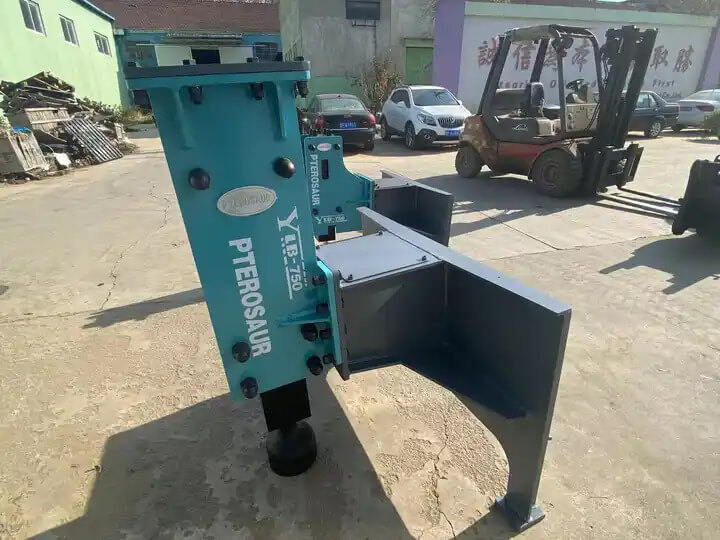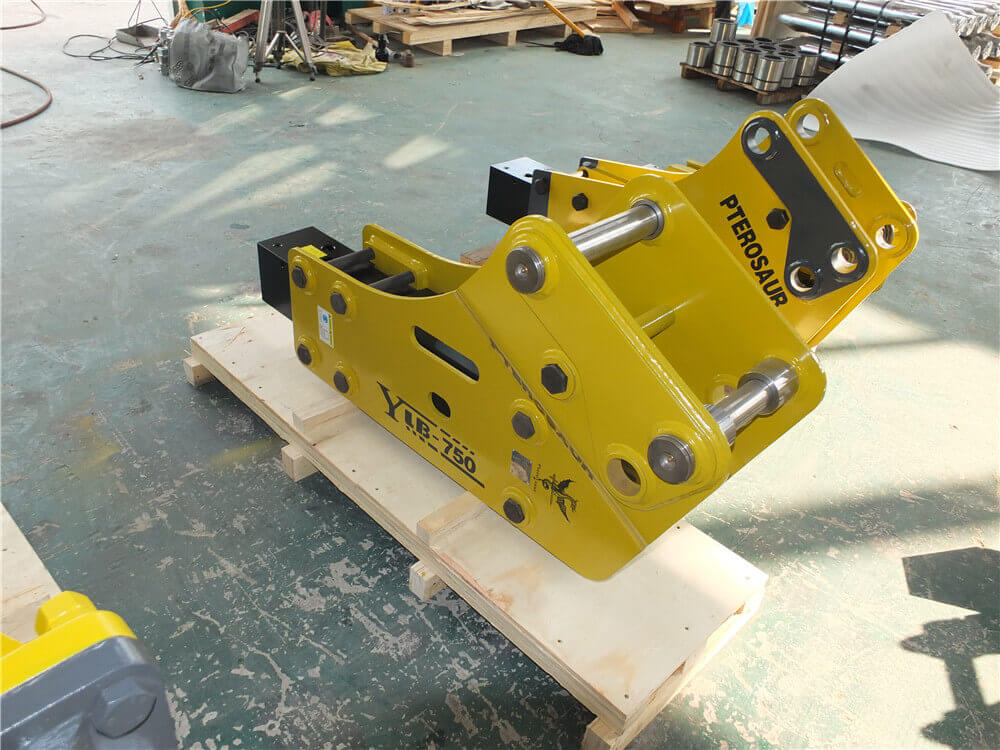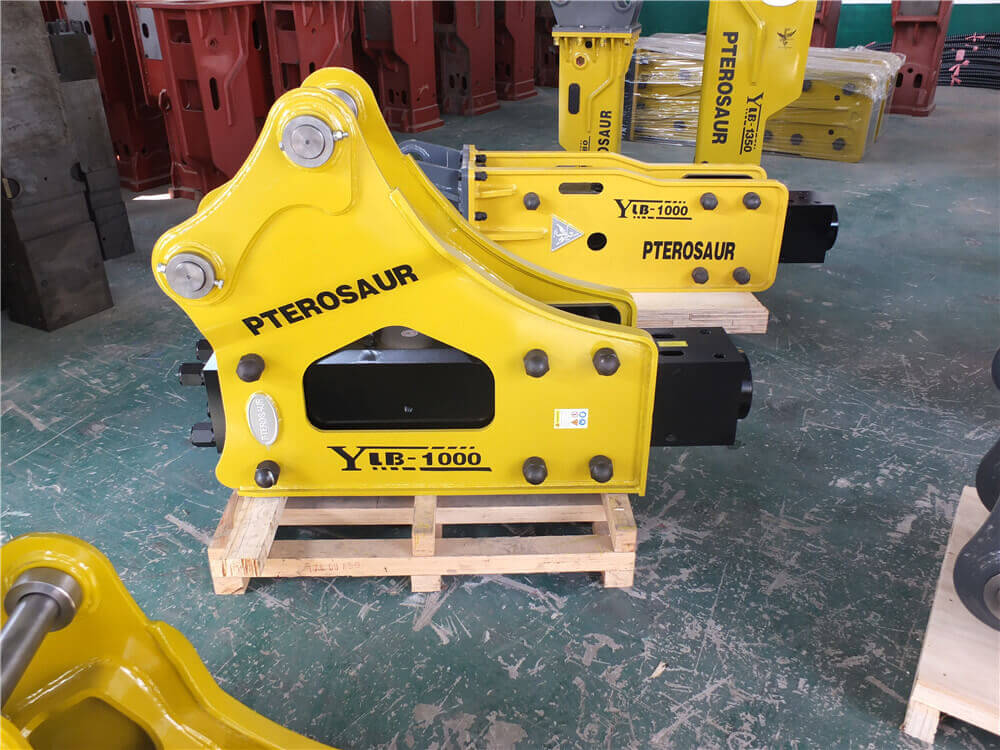
Hydraulic breakers have become an indispensable tool in the construction of pile foundations. As the demand for sturdy and reliable foundations increases in various construction projects, the use of hydraulic breakers for pile installation and extraction is on the rise. This article will explore the advantages of hydraulic breakers in pile foundation construction, their working principles, and specific case studies showcasing their effectiveness.
I. Working Principle of Hydraulic Breakers
Hydraulic breakers operate through a hydraulic system that generates power to produce impact force. This force is applied through a chisel or tool attached to the breaker, allowing it to penetrate and break apart materials such as concrete and rock. During pile foundation construction, hydraulic breakers are used primarily for two purposes: driving piles into the ground and removing existing piles.
The operation involves a hydraulic oil that drives a piston, creating a high-impact force at the chisel tip. This impact effectively shatters the surrounding material, allowing for the efficient installation or extraction of piles. The ability to adjust the impact frequency and force makes hydraulic breakers versatile tools suitable for various soil and rock conditions.
II. Advantages of Hydraulic Breakers in Pile Foundation Construction
- High Efficiency: Hydraulic breakers significantly speed up the pile installation process, reducing the overall construction timeline and associated labor costs.
- Adaptability: They can be used in a variety of soil conditions, including dense soils and hard rock, making them suitable for different types of pile foundations.
- Precision: Hydraulic breakers provide accurate control during pile installation, ensuring that piles are driven to the correct depth and alignment.
- Reduced Vibration: Compared to traditional pile-driving methods, hydraulic breakers generate less vibration, minimizing the risk of damage to nearby structures.
- Enhanced Safety: The remote operation capabilities of hydraulic breakers reduce the exposure of operators to hazardous environments, enhancing overall safety on the job site.
III. Specific Case Studies of Hydraulic Breakers in Pile Foundation Construction
- High-Rise Building Projects: In a recent high-rise building project, hydraulic breakers were utilized for the installation of concrete piles. The project required precise depth control due to the proximity of existing structures. The hydraulic breaker efficiently drove the piles into the ground while minimizing vibrations, allowing construction to proceed without disrupting nearby buildings.
- Bridges and Overpasses: During the construction of a new bridge, hydraulic breakers were employed to install steel piles. The use of hydraulic breakers facilitated the installation process in challenging geological conditions, including hard rock layers. The speed and efficiency of the breakers enabled the project to stay on schedule, ultimately saving time and costs.
- Marine Piling Operations: In a marine construction project, hydraulic breakers were used for the installation of piles in waterlogged conditions. The versatility of hydraulic breakers allowed the crew to efficiently drive piles into both soil and underwater rock, ensuring a stable foundation for the marine structure.
- Renewable Energy Projects: In the installation of wind turbine foundations, hydraulic breakers were utilized to set up deep foundations in rocky terrains. The precision and power of the hydraulic breakers allowed for effective pile driving, crucial for the stability of the wind turbines in high-wind environments.
- Soil Improvement Projects: In soil improvement initiatives, hydraulic breakers helped remove existing concrete piles to allow for better soil compaction and stabilization. This application demonstrated the dual functionality of hydraulic breakers in both installation and extraction, enhancing project efficiency.
IV. Conclusion
The use of hydraulic breakers in pile foundation construction offers numerous benefits, making them a vital tool in modern construction practices. Their efficiency, adaptability, and precision greatly enhance the effectiveness of pile installation and extraction processes. As technology continues to advance, the role of hydraulic breakers in construction is likely to expand further, paving the way for more innovative solutions in foundation engineering. By incorporating hydraulic breakers into pile foundation projects, construction teams can ensure the successful completion of their projects while adhering to safety and environmental standards.






